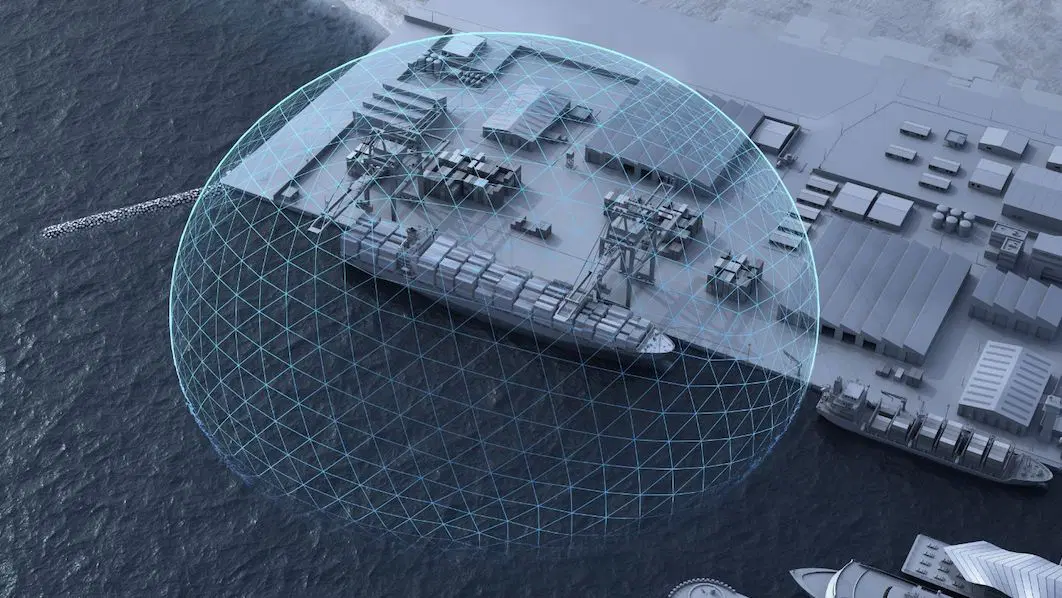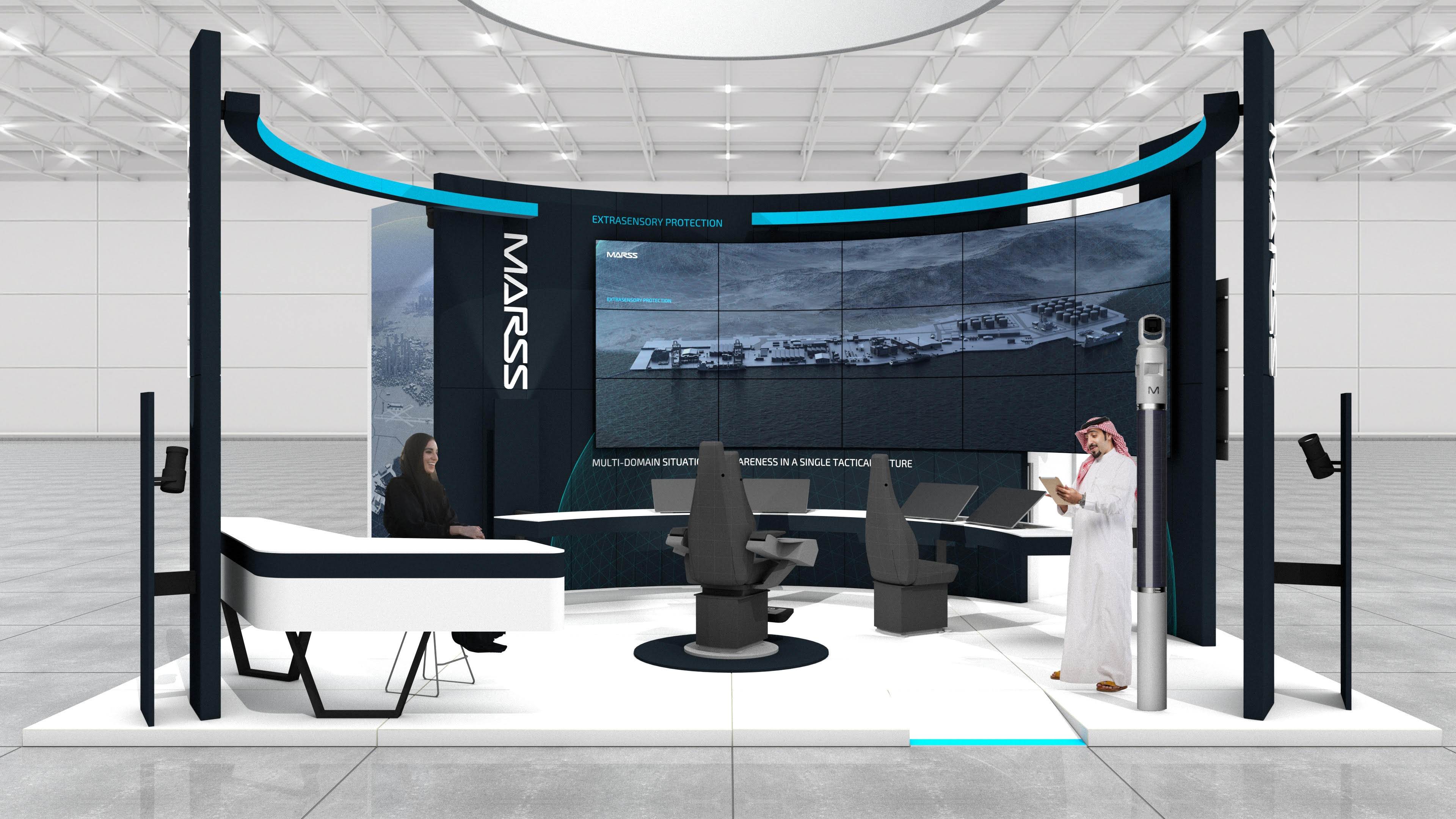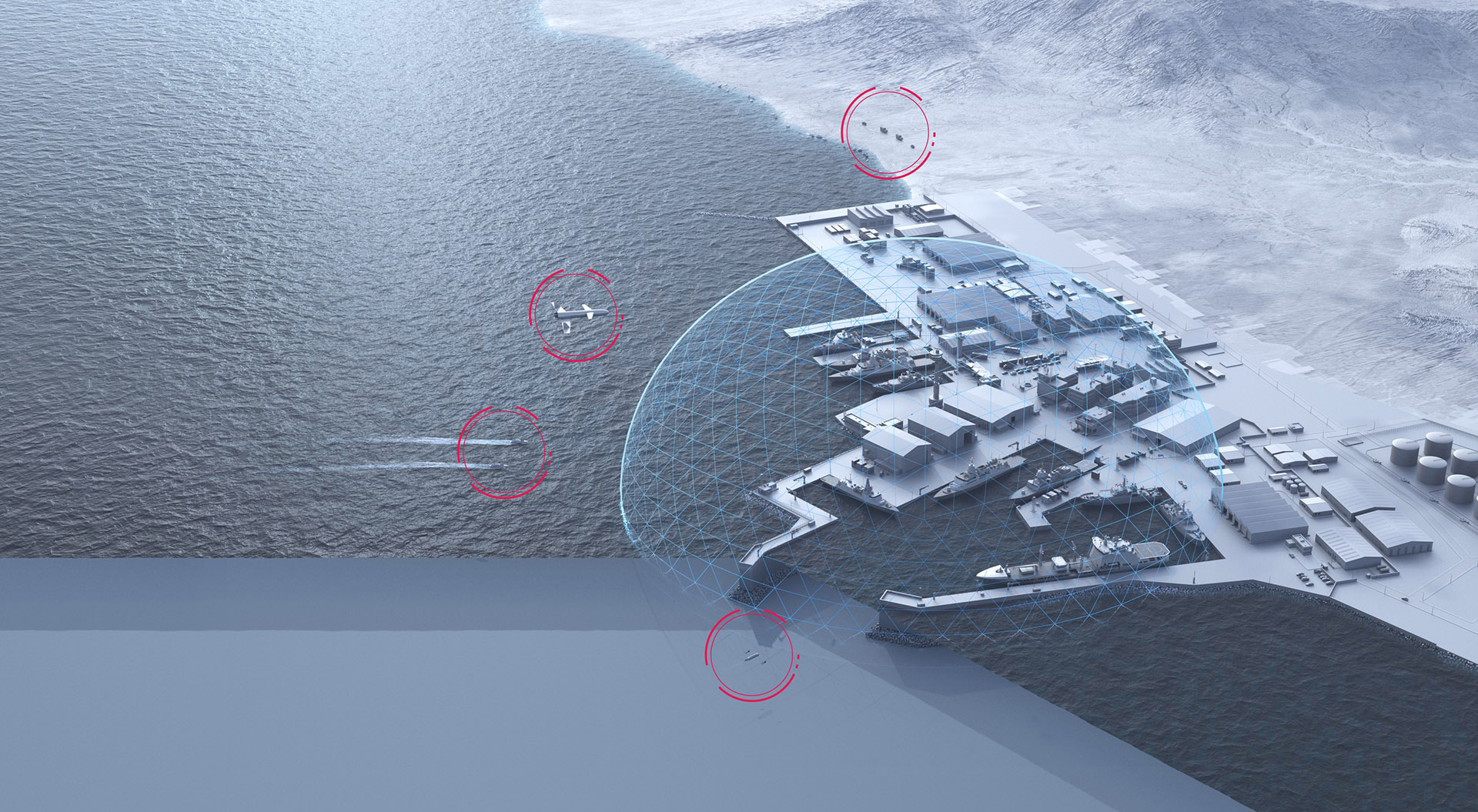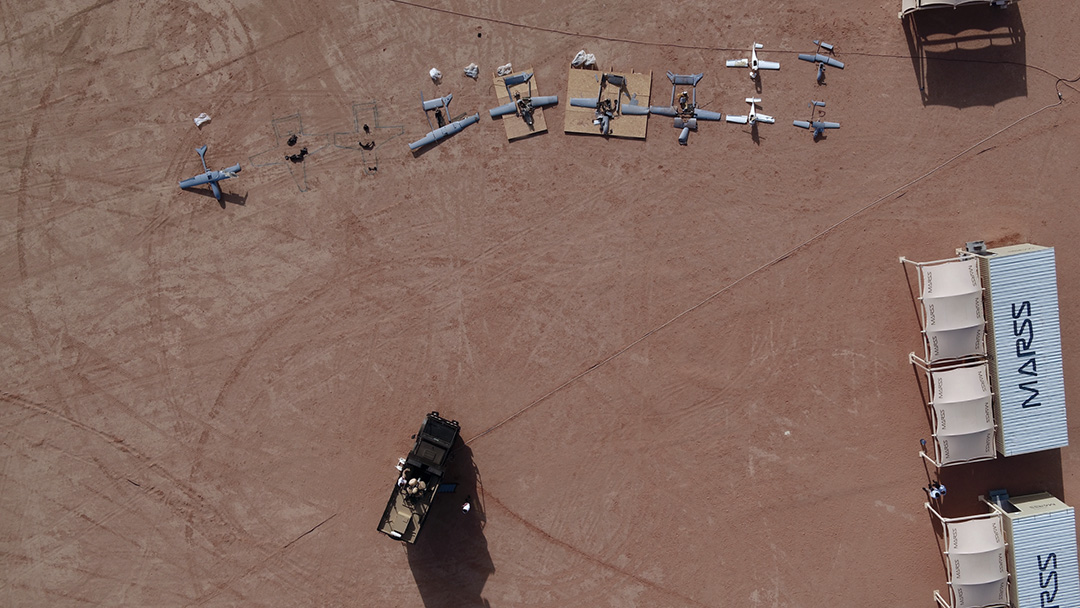Surveillance and intelligence
At MARSS, we offer a counter-UAS (CUAS) surveillance and intelligence platform. Filling a previously vulnerable gap in defence, we are leaders in the future of defending the US and forward deployed formations from emerging threats.
At its heart, MARSS is a technology company, specialising for 15 years in Artificial Intelligence (AI) and Machine Learning (ML) in civilian and defence applications. With MARSS NiDAR, we have developed a modular, scalable, intelligent system, which can integrate with existing sensors and equipment across multiple locations, urban, rural, remote or hostile. Whether fixed or vehicle-based, at home or abroad on forward operations, it can be supplied as a complete, ready to operate, solution meeting every need or integrated within the customer’s larger command centre.
A further benefit of NiDAR CORE’s fusion of machine learning and traditional algorithms, is that it can differentiate between a potential threat and non-threat, resulting in massively reduced false alerts to operators. This leaves them free to focus only on choosing the most appropriate response to potential threats, without background noise from non-threats
In addition to being intelligent behind the scenes, the NiDAR user interface is highly intuitive, fusing a myriad of sensors and responses in a way that is easy to understand, meaning it could be operated by a civilian as well as a military crew, via touch screen, with minimal training, without compromise.




















